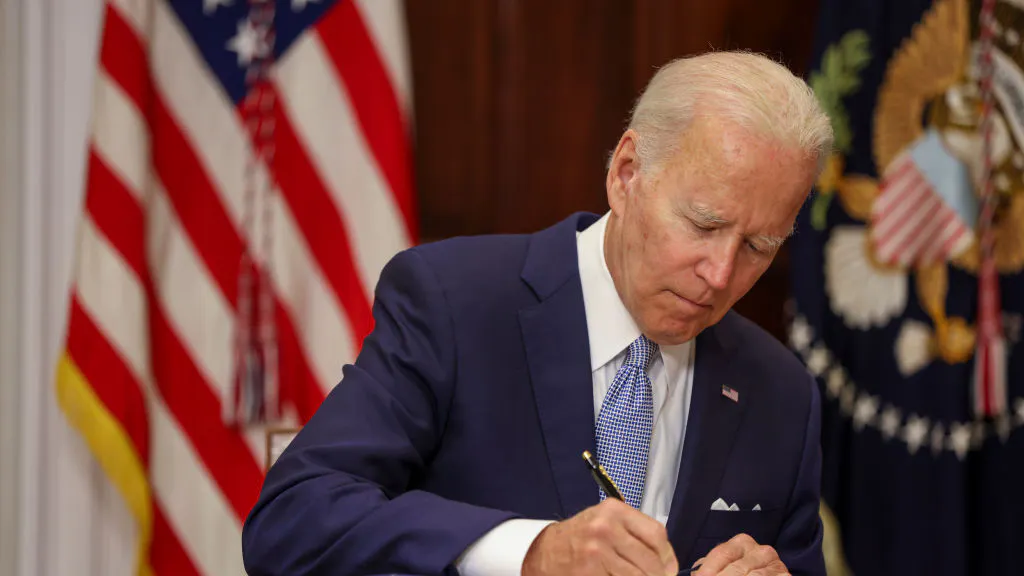Strategic Petroleum Reserve levels have reached their lowest levels in four decades as autumn and winter weather conditions approach, according to data from the Energy Information Administration.
President Joe Biden has responded to rising gas prices by releasing one million barrels of oil per day from the Strategic Petroleum Reserves — a stock of emergency crude oil created to “reduce the impact of disruptions in supplies of petroleum products.” Though reserves in January 2021 were as high as 638 million barrels, reserves have fallen to 461 million barrels as of August 2022 — a level not seen since March 1985.
“The scale of this release is unprecedented: the world has never had a release of oil reserves at this 1 million per day rate for this length of time,” the White House said in a statement earlier this year. “This record release will provide a historic amount of supply to serve as bridge until the end of the year when domestic production ramps up.”
At least five million barrels have found their way to nations such as India, the Netherlands, and Italy, as well as a Chinese oil company with links to Hunter Biden.
The decline in emergency reserves occurs months ahead of the winter season. According to the Farmer’s Almanac, the United States could be positioned to experience a “cold December and a very cold January.”
The national average price of gasoline was $2.38 per gallon when President Joe Biden assumed office, according to the Energy Information Administration, and increased to $3.53 per gallon by the start of the Russian invasion of Ukraine. Prices surpassed $5.00 per gallon in early June before subsiding to $3.92 per gallon as of Friday, according to AAA.
Biden nixed an expansion of the Keystone XL Pipeline upon his entrance into office. Yet the commander-in-chief has repeatedly cast the actions of Russian President Vladimir Putin as the main factor behind soaring energy costs.
“Putin’s Price Hike hit hard in May here and around the world: high gas prices at the pump, energy, and food prices accounted for around half of the monthly price increases, and gas pump prices are up by $2 a gallon in many places since Russian troops began to threaten Ukraine,” Biden said in a June statement. “Even as we continue our work to defend freedom in Ukraine, we must do more — and quickly — to get prices down here in the United States.”
However, business leaders — including JPMorgan Chase CEO Jamie Dimon — have called for the United States to increase oil production. “We should focus on climate. The problem with that is because of high oil and gas prices, the world is turning back on their coal plants,” he remarked last week. “It is dirtier. Why can’t we get it through our thick skulls, that if you want to solve climate, it is not against climate for America to boost more oil and gas?”
Meanwhile, senior White House officials have claimed that higher fuel prices will accelerate renewable energy adoption in the United States.
“The more pain we are all experiencing from the high price of gas, the more benefit there is for those who can access electric vehicles,” Transportation Secretary Pete Buttigieg argued last month during a hearing before the House Transportation and Infrastructure Committee.
“The real truth is that as long as our nation remains overly reliant on oil and fossil fuels, we will feel these price shocks again,” Energy Secretary Jennifer Granholm said in June. “This is not going to be the last time. The next time there’s a war, the next time there’s a pandemic or another hurricane, these extreme weather events we are experiencing — they will impact the access that we have to fossil fuels.”

.png)
.png)

